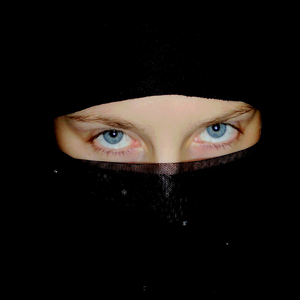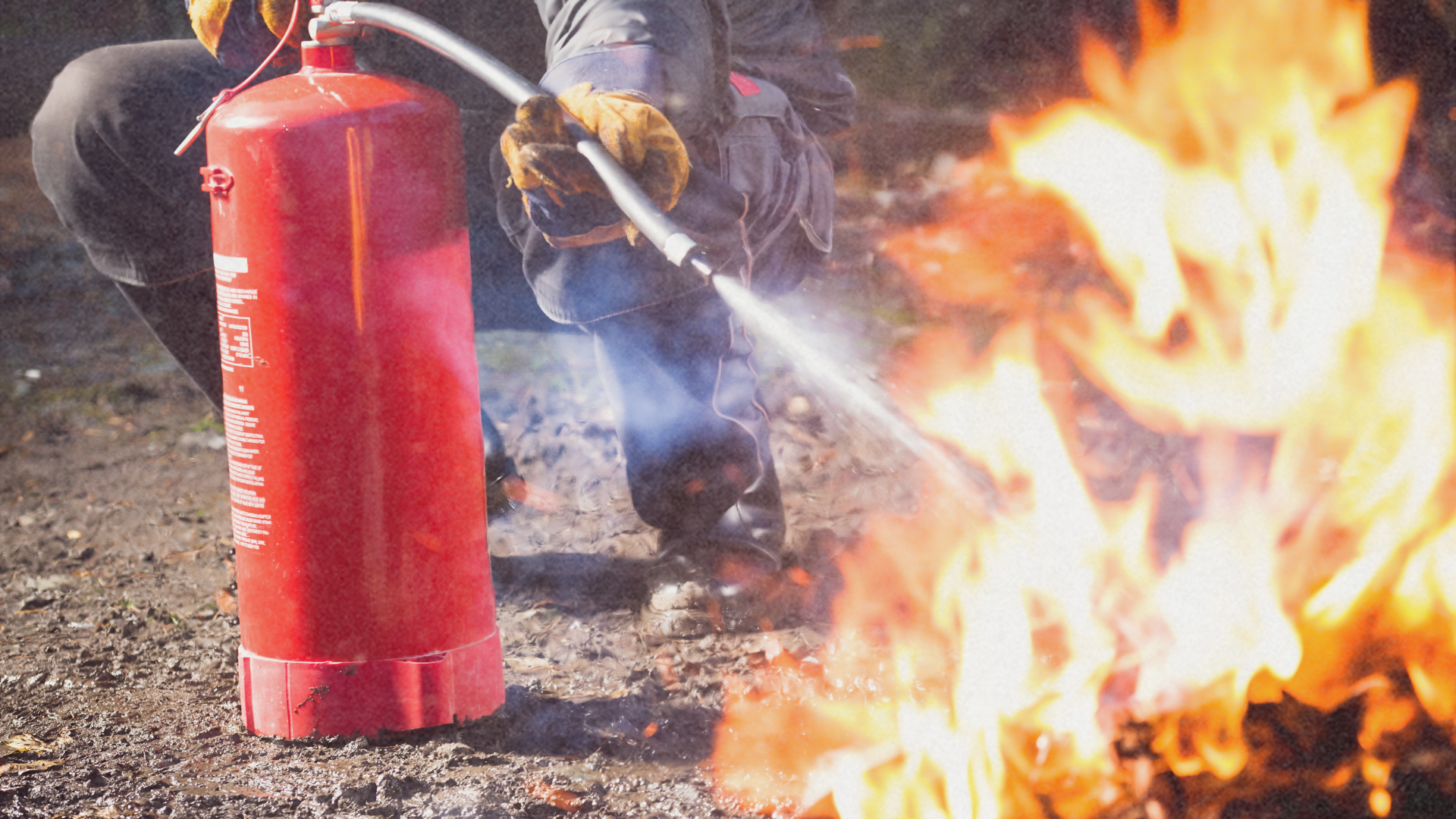
In non-Muslim areas in the country, there’s always an air of “nakakatakot” when one sees a veiled woman because right away she becomes identified as a Muslim. And she isn’t wearing just a veil, but a black one which covers not only her hair, but her face as well. Yes, the one that looks like a “ninja.” I guess that is the term that almost everyone uses when referring to these Muslim women who cover their faces. As a Muslimah (female Muslim), I feel that I should enlighten those around me about this practice of veiling in Islam.
For ease of discussion, here are the basic terms: we call the “veil” a “hijab,” while in the local languages it is also called turong. The “veil” that covers the face has another name, a niqab.
 Hijab is an Arabic word which literally means barrier; in the veiling sense, it is the barrier between a man and a woman. But the hijab is observed not only on the clothing of a Muslimah but it also figuratively covers both her actions and words because she carries the banner of Islam and thus has to act accordingly lest other people misjudge the religion. Of course, not all Muslim women wear the hijaband those who do wear it in different “styles.” I am in no position to answer why they don’t wear it or why they wear it in different styles (i.e. some have a bit of hair showing, etc.). All I intend to express in this essay are the ways by which people can avoid making us feel weird and these are based on my own experiences when I was in Manila.
Hijab is an Arabic word which literally means barrier; in the veiling sense, it is the barrier between a man and a woman. But the hijab is observed not only on the clothing of a Muslimah but it also figuratively covers both her actions and words because she carries the banner of Islam and thus has to act accordingly lest other people misjudge the religion. Of course, not all Muslim women wear the hijaband those who do wear it in different “styles.” I am in no position to answer why they don’t wear it or why they wear it in different styles (i.e. some have a bit of hair showing, etc.). All I intend to express in this essay are the ways by which people can avoid making us feel weird and these are based on my own experiences when I was in Manila.
- Don’t stare at us. You can have a glance but please do not stare at us like we are about to take out a bomb from our pocket. We are just like you, people. I had the urge to confront the person who stared at me through the duration of a jeepney ride! Thank God though, I always keep my cool.
- Don’t get too close—literally and figuratively. There’s a reason for the hijab (barrier, remember?) to be where it is so that it sends a message of “off limits.” Muslim women in general don’t mind speaking with another woman, but in men’s case, always make sure you keep a safe distance when conversing with a Muslimah.
- For men, don’t extend your hand upon meeting a Muslimah. I always had a hard time explaining this to every man I meet and who extends his hand because it’s always a long story to be fitted in curtsies. In the end, refusal to shake a man’s hand retains guilt in me that I should have taken the time to explain. So here’s a nifty solution: I’m explaining this now and I hope that the men who will meet a Muslimah actually get to read this.
- Muslim women differ from each other. Some are okay with handshakes while others—especially those who are more knowledgeable on the Islamic teachings—religiously observe the dos and don’ts; one of the don’ts is avoiding any physical contact with a man. But take note: in life and death situations, please disregard this rule and do save us.
- Islam believes in the idea that big leaps start with small steps. So the act of a single handshake may cause some “electricity” to go through the body—in short, it may be the start of something more than an acquaintance and we may not know where that will lead to next. It’s better to be safe than sorry. How a Muslim woman gets to marry if all these rules are observed is a whole different story.
Basically, this whole discussion revolves around having an open mind and understanding that Muslim women are more valued than the men, hence the “wrapper” in the form of the hijab or the niqab. Although the article is too short for the entire idea of wearing the veil, I think that it is enough to say that the hijab sends the message that a woman’s real beauty and worth should not be based on the physical.






